What a spectacle. A Fairfax journalist flanked by a beaming James Packer, making no secret of his loathing for her employer, and a Murdoch. Their purpose? To help launch a book on the crushing of the storied publisher and to gloat.
Yet this event in Sydney last month scarcely seems to have raised an eyebrow outside the media Beltway. Yes, there was an indignant editorial from the Sydney Morning Herald, re-run in the Age in the manner of a full-page ad, but just a flutter or two in their newsrooms and at the Australian Financial Review, from which, it should be noted, the author Pamela Williams had been granted leave of absence. Although some people at the other end of town must have been all but wetting themselves with delight the response there was subdued, too.
I suspect the folk at News thought the job had been done for them and the traumatised troops at Fairfax, where even the seating arrangements are now in a permanent state of flux, have existential issues, particularly their own, to worry about. But what of the world outside; the men and women whose wants and needs are supposed to be met by our newspapers? Why did these antics pass by them so easily?
Could it be they are sick of it? That it is a bit like the general reaction to the state of our politics? Perhaps they are tired of the focus on celebrity, the celebration of hard-arses, the chesting, and the spittle-flecked invective. Perhaps they are not all traders and job hunters who have trooped off to read the classifieds online. Perhaps many still seek to know what is going on around them but, apart from some occasional standout work, they’ve found there is not enough of what they want in our newspapers to make buying one worth the money.
None of this is to suggest Pamela Williams has not written a vivid tale. Killing Fairfax: Packer, Murdoch & the Ultimate Revenge is the sort of insider-style read that has won Williams a string of journalism awards, and no doubt quite a few people will pick it up. It is revealing about the rich and famous, the deal-makers, those who go to Aspen to ski, the people who are constantly trying to shape the world in which we live to their liking and for their financial benefit. It is alive with detail.
It is not, however, the only book on Fairfax out there. Just a week or so before the Williams launch Colleen Ryan, a former editor of the AFR, produced Fairfax: The Rise and Fall. The subject is the same, as are most of the themes — the arrogance of key Fairfax figures, their lack of awareness and their failure to respond to the disruptive technological and behavioural changes eating into the very core of their business — and both books leave their readers with the presence of Gina Rinehart looming over a hollowed-out husk.
The differences between them, though, are instructive. The two journalists, former colleagues of mine at the AFR, where Ryan was Williams’s editor for a period, could not be more different in style.
Williams’s angle is straightforward: Fairfax management was so not up to the challenge that they left themselves open to sharp strategic thinking by those chips off the blocks James Packer and Lachlan Murdoch. They saw how several sets of digital entrepreneurs were poised to plunge into the famed Rivers of Gold in classified advertising revenue commanded by Fairfax and they stepped up to back them. By any measure these were small investments; tiny in Murdoch’s case, where he sought and won approval from HQ in the United States, although apparently not from his father, Rupert, to stump up just $10.75 million, of which only $2.5 million was in cash, for a stake in realestate.com.au. Packer persuaded his grumbling dad to cough up a little more, $33 million, to get into the online jobs business SEEK, and in the case of carsales.com.au a bag of synchronous assets was exchanged for a substantial stake.
The irony is that hapless Fairfax was there or thereabouts in negotiations with the bright young men and the entrepreneurial types involved with all these plays but, as Williams drives home, its changing parade of leaders muffed their chances through inflexibility and a lack of strategic purpose.
There can be no doubt now these were the right horses to back. Together they threw a net over all key sources of Fairfax’s classified riches and they achieved in spectacular fashion. Today, each of these businesses dwarfs Fairfax in terms of share market valuation, especially REA, as realestate.com.au is now known. It is a $4 billion company, compared with Fairfax at little more than $1 billion.
And the sting for Fairfax continues. James Packer sold out of SEEK in 2009 for more than $440 million but REA is still very much part of News. Williams makes the telling point that its large stake resides in the ‘new’ News created by Rupert Murdoch to house his newspapers and so bolsters his titles, many of which are also under great pressure. Fairfax has no such comfort.
There is a parade of richly drawn characters in Killing Fairfax and, as the title suggests, two main protagonists. Essentially, though, this is a book about James Packer, his humiliation over the failure of One.Tel — particularly in Fairfax papers — his subsequent tribulations and ultimately his glorious vindication. Lachlan Murdoch gets equal billing, but Packer’s presence dominates. He supported that view himself at the launch when, in a conversation with a business journalist recorded by one of the media pack, he was asked whether his online investments were part of a deliberate strategy. His response was to shake his head and say: ‘Hatred! Hatred! Hatred!’
Colleen Ryan’s ambit is much broader. The same themes and the same sorry mistakes are there as in Killing Fairfax, if not in the staggering detail managed by Williams, but Ryan’s focus is on the rise as well as the fall of the newspaper company. She sketches out where Fairfax came from and the elements of its character, its culture and its journalism so her readers have a sense of what once was. But it is far from hagiography. Despite the vast difference in time, it is useful in the midst of the clamour about what influence Rupert Murdoch and his newspapers might be having on the course of the 2013 election campaign to be reminded by Ryan that in 1961 Fairfax ‘virtually ran the Labor Party campaign’ against the Menzies government. Different times have different standards, of course, but it is indication enough that Fairfax can scarcely lay claim to being steeped in virtuous objectivity.
Ryan, aided by very good sources and the excellent work of others, is able to build a revealing picture of the Fairfax journalism of the 1980s, the period seen by many people as its heyday. This was a time of big and often brave stories, including on the then recently deceased former New South Wales premier Sir Robert Askin, prominent businessman Sir Peter Abeles, NSW premier Neville Wran, then Federal treasurer Paul Keating and, of course, Kerry Packer.
It was a period of assault from without but also intrigue and manoeuvring within. Mistakes were made and at times the journalism over-reached but the big stories were powerful and their consequences far-reaching. Ironically, it was also the period when things began to fall apart. As Ryan makes clear, Fairfax was caught flat-footed by Labor’s remaking of the media laws and Paul Keating’s leg-up to Murdoch in its move on the Herald & Weekly Times, and made panicked decisions. The biggest blow, though, came from within the family itself: young Warwick’s ultimately disastrous takeover of the company.
Ryan keeps her eye on the role of the Fairfax journalists in all the events that unfolded from this point; their determination to have a say on who should or should not own or have influence over the newspapers through to them having some significant responsibility for the company’s devastatingly slow response to the challenges from online.
Fred Hilmer, Fairfax chief executive at probably the most critical time, figures prominently in both books but significantly Ryan treats him with a touch more sympathy. She certainly pings him for making wrong calls, particularly with SEEK, but suggests at least in this case his reluctance could be partly explained by how he had been burnt in his dealings with young entrepreneurs over a magazine venture in Asia that soured. In Killing Fairfax he ends up being the forlorn butt of a tough-man line from James Packer.
Ryan also reminds us that we are judging this saga with the aid of that great tool of modern reporting, 20-20 hindsight. It may all seem bleedingly obvious now but at the time the way ahead was less clear. However second-rate it is as an excuse for what happened, hundreds of other once-robust newspapers around the world have failed the same test. Deep pockets are holding up others, but it is a certainty their time is coming. In some places it has been deep pockets to the rescue. Amazon founder Jeff Bezos has just bought another iconic newspaper, the Washington Post. Bezos, who knows a thing or two about ‘monetising’ online, says there will be changes but the newspaper’s duty ‘will remain to its readers and not to the private interests of its owners’. Gina Rinehart certainly has deep pockets but perhaps different motivations.
What of the relative merits of Killing Fairfax and Fairfax: The Rise and Fall as long-form journalism? It depends on how you like your journalism.
Pamela Williams’s clear strength is her ability to get people to talk to her, which just about everyone seems to have done. Reporters from cubs up are told the best stories are about people and talking to people is how you get them. Williams is a master of the art. There is an issue, though. The quest for every skerrick of detail — for instance, how many strokes Kerry Stokes swam beside his boat off an island in the Solomons before pulling himself up a ladder, water running from his wet suit — not only puts the reader there but also the writer. Was she?
Colleen Ryan adopts the more traditional approach, at a clear step removed. She spent 35 years at Fairfax and, knowing how close she was to the events, decided to quit her job at the AFR in order to write the book. Her approach is forensic and organised and she pulls no punches.
You can take your pick between Killing Fairfax and Fairfax: The Rise and Fall. Or you can read them both. It’s worth the effort.
Got something to add? Join the discussion and comment below.
Get 10 issues for just $10
Subscribe to The Spectator Australia today for the next 10 magazine issues, plus full online access, for just $10.
Malcolm Schmidtke is a former Fairfax editor and has held senior positions at the Age and the Australian Financial Review. He was editor of the Australian in the 1990s and last worked for News Limited at the Herald Sun between 2005 and 2010.
You might disagree with half of it, but you’ll enjoy reading all of it. Try your first month for free, then just $2 a week for the remainder of your first year.

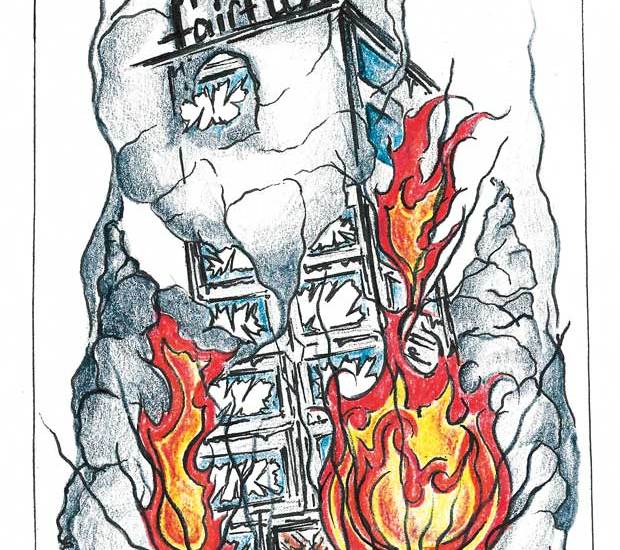
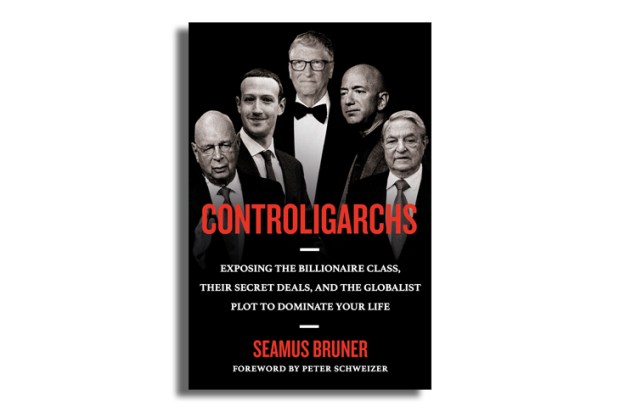
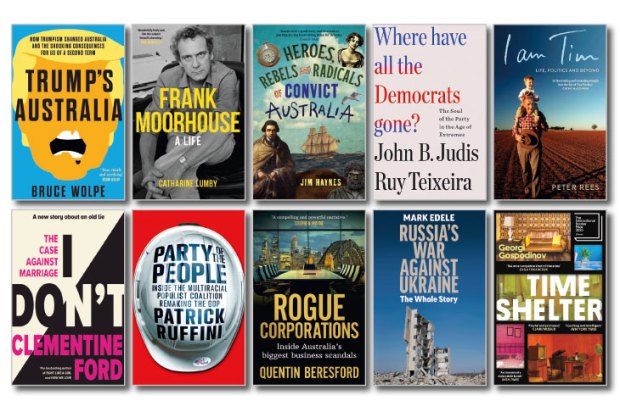
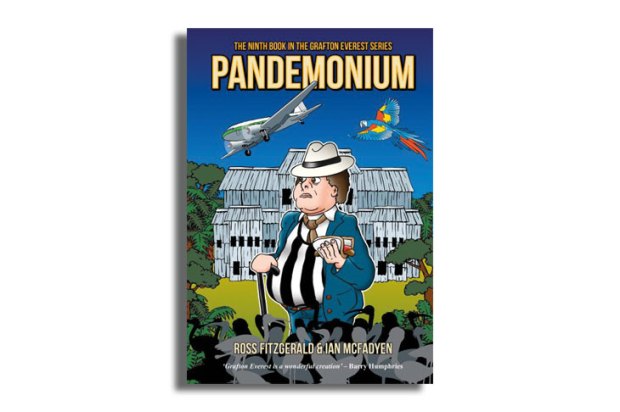
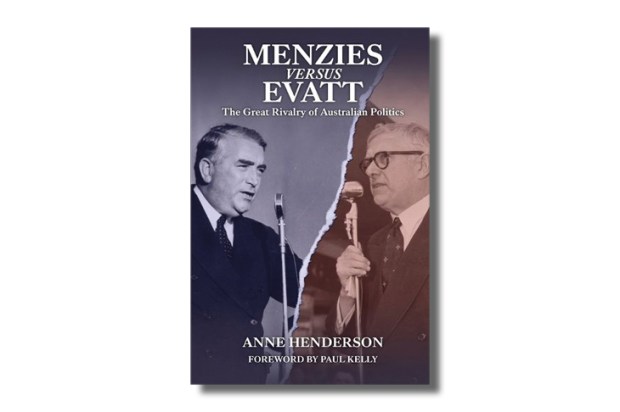
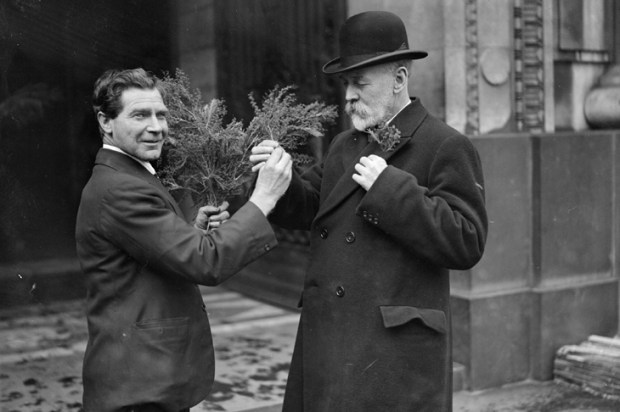
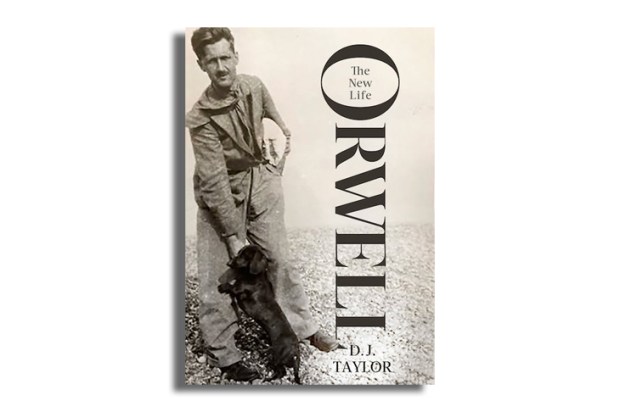






Comments
Don't miss out
Join the conversation with other Spectator Australia readers. Subscribe to leave a comment.
SUBSCRIBEAlready a subscriber? Log in